Waveland's Ground Zero Museum Under New Director
A place that honors the survivors and volunteers who experienced the wrath and the aftermath of the most destructive hurricane in American history.
- story and photos by Ana Balka
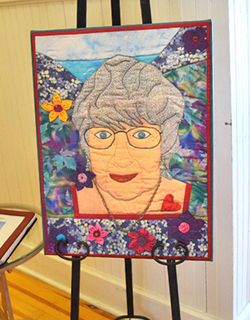
If one did not take a close look at these, one might assume they were a post-Katrina gesture from a quilting society somewhere, but no: these are all the work of master quilting artist Solveig Wells, who had homes in Canada and Bay St. Louis and who completed these all from salvaged fabrics over 16 months in 2006-’07. Wells’ husband David donated the exquisite collection to the museum following Solveig’s death in 2013.
Museum volunteer and Waveland resident Carol Kerr says that in the weeks since the museum’s reopening visitors have reacted positively and sometimes emotionally to the museum’s collection of photos, art, and artifacts, which paint a distinctive portrait of Waveland before, during, and after Katrina.
Carol showed me the auditorium, where local students in Waveland’s M.A.P. (Music, Arts & Practicality, a non-profit enrichment program providing free theater and choir experiences for area students) summer theater camp have been rehearsing “The Lion King” for presentation on the auditorium stage July 16-17.
This is a facet ofnew director Kathy Pinn’s long-range vision for the Ground Zero Museum building as a gathering place: a place that builds community, as well as being a center for learning about the storm, about Waveland history, and about what makes Waveland such a special place. Pinn has long fostered community in Waveland. A former president of both the Coleman Avenue Coalition and the Waveland Community Coalition (and incidentally a M.A.P. co-founder), Pinn and her husband Ron are moving back to Waveland after five years in Illinois specifically to get back to the home they love, and for Kathy to assume her role as museum director. Pinn says that the dozens of museum visitors in its first month have included residents of 15 other states, some who had never been to the area, some post-Katrina volunteers. For locals, touring the museum can be cathartic. “Seeing the waterline, seeing the pictures on the wall, then the H.C. Porter exhibit, it’s very moving,” Pinn says. “Backyards and Beyond” is a multimedia exhibit by artist H.C. Porter and collaborators Karole Sessums and Gretchen Haien. Porter and Sessums photographed and recorded hundreds of Mississippians in the year following Katrina, creating a nationally touring exhibit that features Porter’s mixed media paintings and accompanying audio in which the portraits’ subjects express the reality of displacement and loss through their own stories.
Ground Zero’s Porter exhibit, sponsored by Mississippi Power, contains eight of the paintings, with audio guides. The floor is covered in photo-printed tiles that together comprise a life-sized portrait of the slabbed remains of a Waveland home.
The room feels chapel-like, bringing human shape to the unspeakable. I can see how it might uncover long-buried emotions in those who survived the storm.
“All of that is sometimes a little overwhelming,” Pinn says, “But then we go into the Waveland room.”
Many displays in the Waveland Room represent steps toward healing. There are binders with hundreds of handwritten, individual “Storm Stories” by survivors that visitors can thumb through, and throughout the room there are photo collages, quilts, signed shirts, and other outpourings of love from well-wishers and volunteers around the country. A large cardboard “Gratitude Tree” stands covered in names and quotes. I photograph volunteer Carol next to her own words about home being wherever she is, because she cannot go home. In a corner, an assemblage by mixed media artist Lori Gordon depicts the clothes that hung from trees after the storm.
The room also contains historical artifacts: one wall is festooned with hand-painted versions of Boy Scout merit badges from the days Scouts held meetings in that very room in the ’50s, as well as photos of students, teachers, and sports teams from Waveland Grammar School days in the ’30s and ’40s. A glass case contains memorabilia from hurricane Camille.
A somewhat surreal herd of carousel animal figures gallop, hop, and swim at the back of the room, but that is part of the museum’s evolving nature. The Port Townsend (Washington) Carousel Association donated the Carousel of the Olympic Sea, an original by Bill Dentzel of the Denztel family of carousel makers, to Waveland after Katrina. Its size prohibits assembly in the museum building, so while the carousel has a permanent home at the museum, its location has yet to be defined.
Pinn knows that visitors will come away from the museum experience with a positive awareness of all that Waveland is and has achieved: “I’d like people to understand that part of it: It happened, we got through it, and now look at us.”
Comments are closed.
|
Categories
All
Archives
July 2024
|
Shoofly Magazine Partners
Our Shoofly Partners are local businesses and organizations who share our mission to enrich community life in Bay St. Louis, Waveland, Diamondhead and Pass Christian. These are limited in number to maximize visibility. Email us now to become a Shoofly Partner!

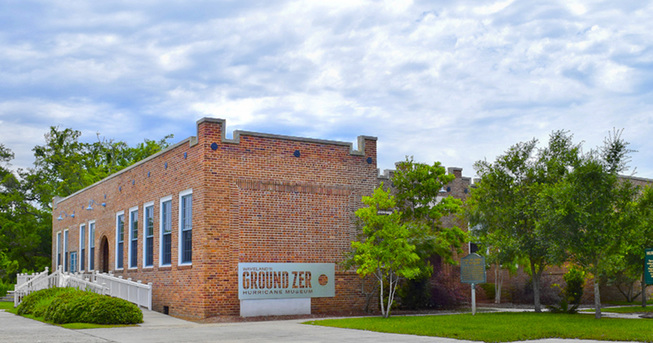

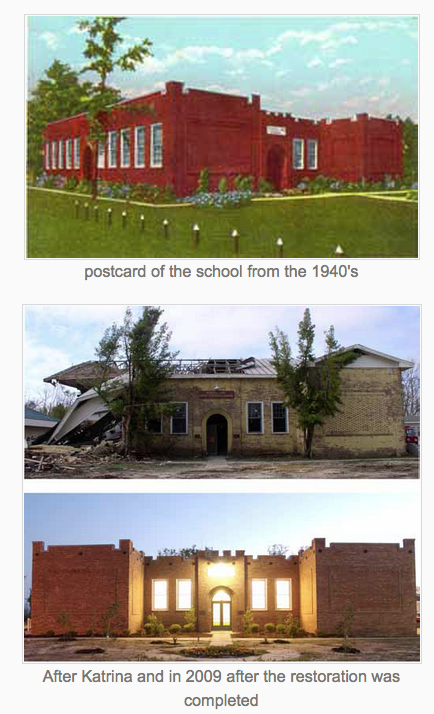
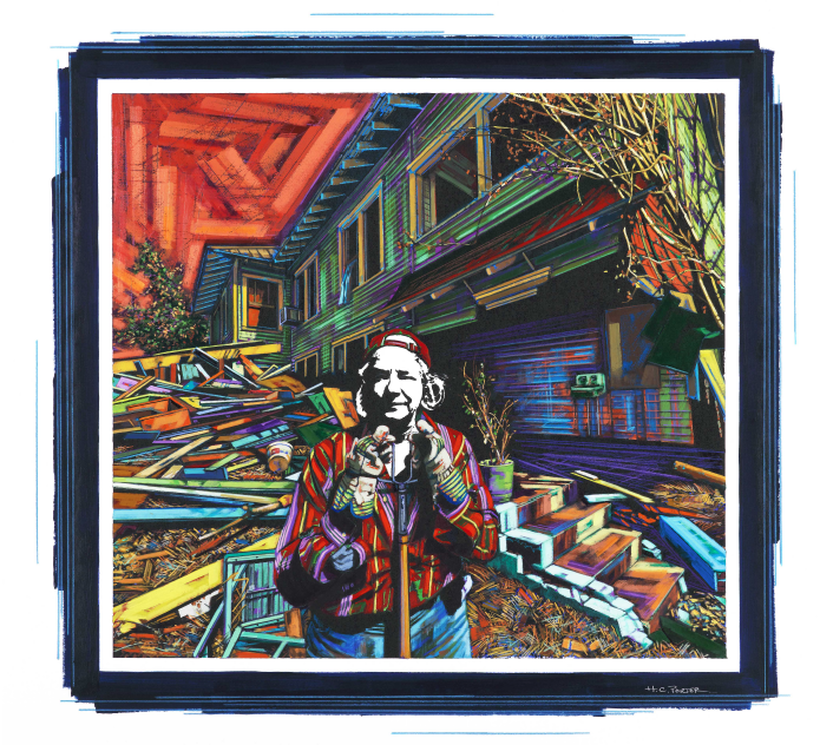

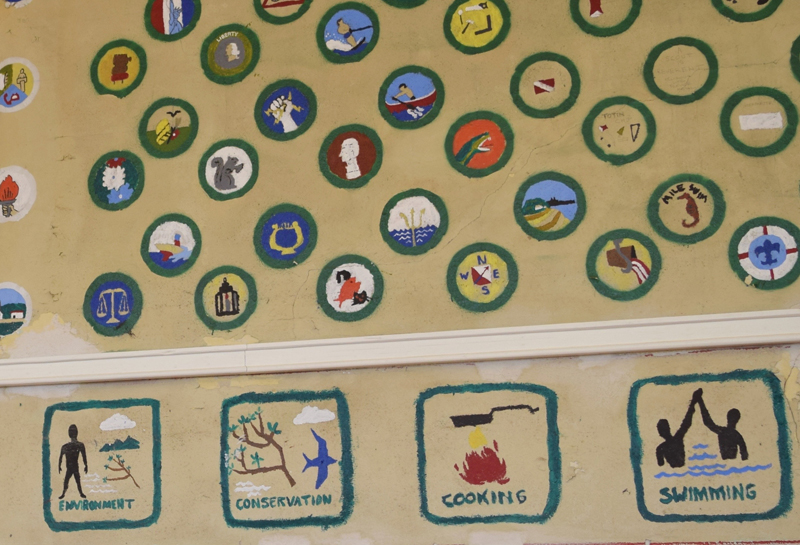
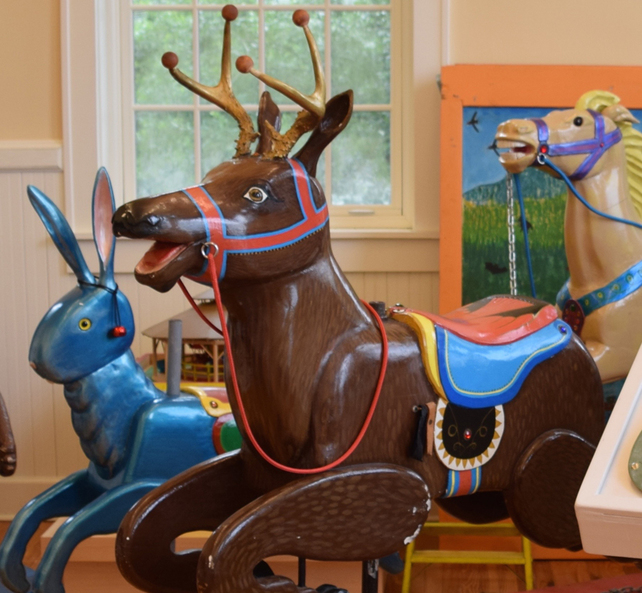
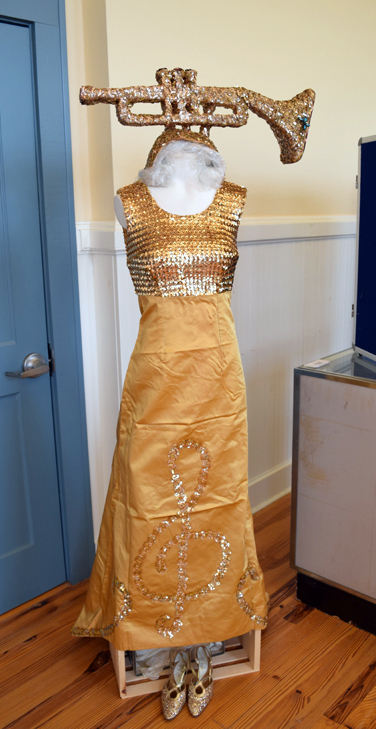

























 RSS Feed
RSS Feed























